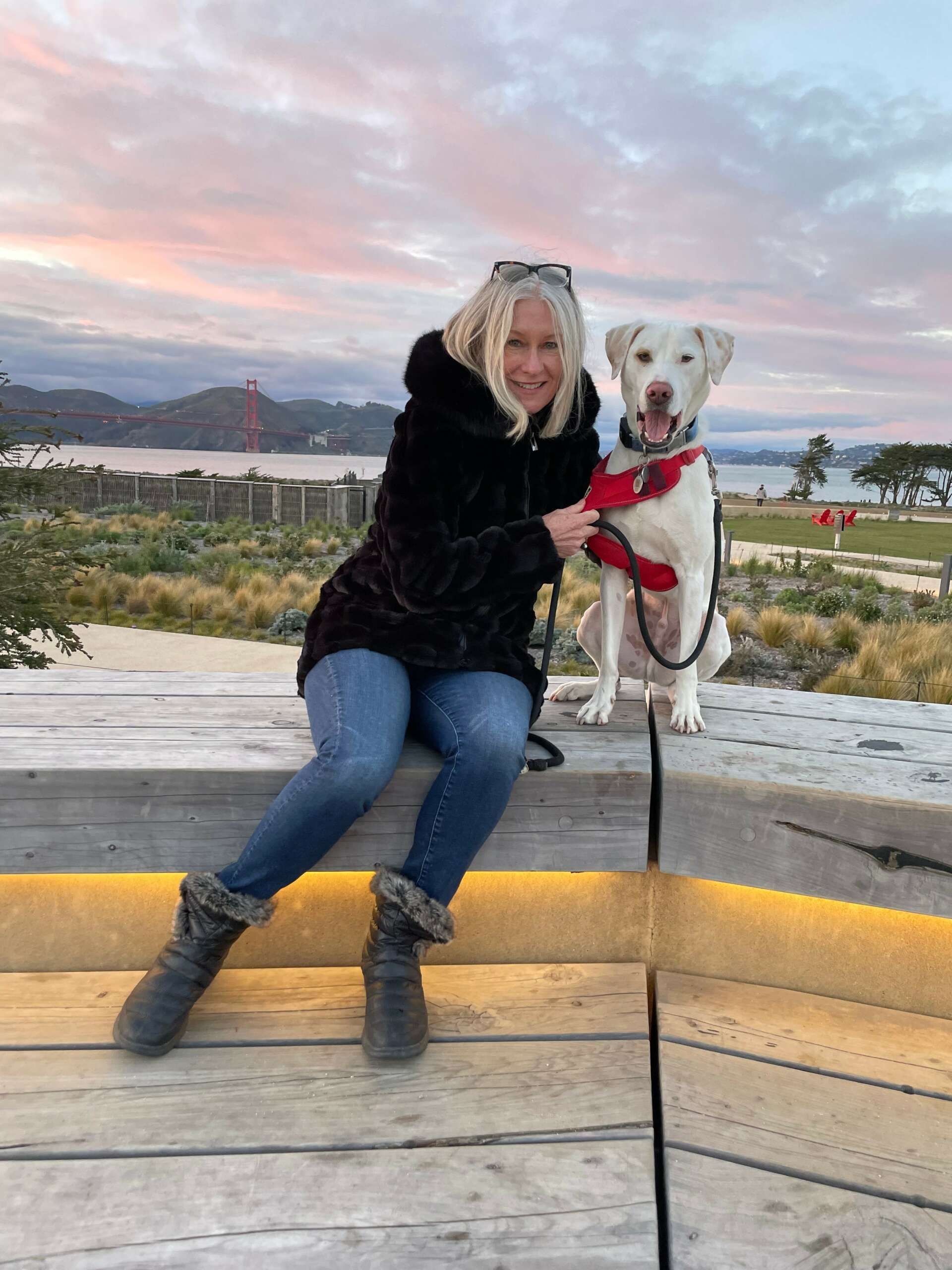We’re excited to introduce you to the always interesting and insightful Sharon Gillenwater. We hope you’ll enjoy our conversation with Sharon below.
Sharon, looking forward to hearing all of your stories today. How do you think about cost-management? Growing a business is always exciting, but often businesses run into issues when costs grow faster than revenue – have you experienced such an episode? Any advice for other operators around how to keep costs in line?
Bootstrappers always say to “hire when it hurts.” But I would elaborate on this because you don’t want your customer to ever feel pain and you don’t want anyone on your team to be hurting either. So, for anything involving your customers or team, I would advise, “Hire BEFORE it hurts.” But when it comes to you, the bootstrapping business owner/leader/entrepreneur, yes, you should be hurting before you hire. I was really hurting before I filled three new roles in the last year before I sold my company: Product Manager, Recruiter and VP of Operations. My partner and I had been fulfilling the duties of all three of these positions and there came a point where we felt like we were doing too many things and not doing them very well. So we brought in a VP of Operations, which was game changing and I promoted two existing employees into hybrid roles, which involved them working three days a week in their existing research analyst roles, and working two days in new roles as product manager and recruiter. We did a 6-month trial to see if it would work for them and us and it did. At the end of the six months, we promoted them into permanent roles of Recruiter and Product Manager and they both got significant raises. This allowed us to “grow” into a full-time need for these roles as well as minimize the cost of adding two new functions. It also allowed us to retain two very valuable and talented employees who probably would have left had we not offered them growth opportunities. We also fractionalized or outsourced other positions. We had a fractional CFO who was excellent; so we got A-list talent without having to pay a huge CFO salary. We did the same with our technology development; it was outsourced to a top-notch firm that maintained a small dedicated team who learned our business and knew it well.



Great, appreciate you sharing that with us. Before we ask you to share more of your insights, can you take a moment to introduce yourself and how you got to where you are today to our readers.
I am a late-blooming entrepreneur from a non-traditional background, meaning I was the first in my family to go to college and I did not go to an Ivy league school or have a background in finance or tech. I did not discover business until I was 30 years old, when I moved to San Francisco and got a job at a startup. There my entrepreneurial aspirations blossomed and I eventually quit that job to start a new company with my brother and sister in law and my husband. We raised $3 million in venture capital and it ended up killing the company, which is a long and interesting story. So when I started my second start up 8 years later, I was determined to bootstrap my way to success. It was difficult and scary and I had to work another full time job for the first six years. Once we enjoyed some success we started building a team, and that was an unexpectedly rewarding part of the journey. I truly enjoyed working with and managing a team and discovered I loved mentoring young people and helping them recognize their own value, skills and intelligence and develop confidence. Today my mission is to demystify entrepreneurship and make it more accessible to everyone, regardless of their background.


We’d love to hear a story of resilience from your journey.
After my first startup failed and was followed by 9/11, I took a terrible job that ended up being the worst job I ever had. But I needed a job. I stuck it out for 6 months before quitting and was determined that I would never work for anyone ever again. This determination propelled me into a new career as a tech marketer, where I developed the idea for my second company, Boardroom Insiders. I bootstrapped it through some very tough times but eventually grew it to about $5M in ARR and sold it in 2022 for $25M in cash.


We’d love to hear the story of how you built up your social media audience?
I had pulled myself mostly off social media around 2020 because of the negative impact I saw it having on political discourse and outcomes. But then when I was trying to sell my first book, that became a liability. I was told over and over that while my accomplishments and story were interesting, I needed a platform to succeed. Another author told me that it was easiest to build an audience on TikTok and that there were plenty of business experts on the platform. So I started posting videos in which I shared entrepreneurial tips and advice and my following started to grow. But when I posted my “money” video (“I Sold My Company for $25 Million. Here’s How Much Money I Made”) it garnered over two million videos across Twitter, LinkedIn and TikTok and my following grew a lot more. What I hear from people is that they respond to my candor and authenticity and appreciate that I speak in plain English and don’t use a lot of jargon that makes them feel confused or stupid. I think people are very tired of inauthenticity, grifters, liars, braggarts and fake stuff and believe that is why my content resonates so strongly.



Contact Info:
- Website: https://www.sharonkgillenwater.com/
- Instagram: https://www.instagram.com/sharonkgillenwater/
- Linkedin: https://www.linkedin.com/in/sharonkgillenwater/
- Twitter: https://twitter.com/SKGillen
- Youtube: https://www.youtube.com/channel/UCD4ba8Fngv0XYJXjXwEHI0g
- Other: https://www.tiktok.com/@sharonkgillenwater


